
Renowned for its overcomplicated plot and its liberal use of Disney properties, Kingdom Hearts has come into its own within gaming culture. What started as a simple story about a boy traveling across the stars in search of his friends has transformed into a sprawling narrative about the universal fight between light and darkness.
In order to weave this grand story, Square Enix spread the expanding narrative of Kingdom Hearts across multiple spin-offs, culminating with the climactic events of Kingdom Hearts III that tied everything together and capped off the Xehanort Saga. However, while integral to the main plot, the franchise's spin-offs often get flak for their repetitious and experimental nature.
10 Doesn't Help: The Franchise Often Gets Retconned By Spin-Offs
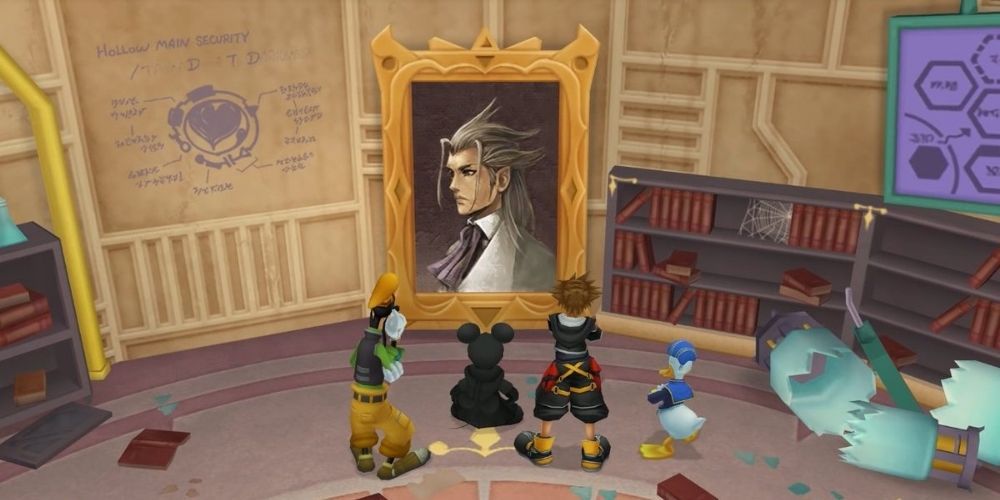
Kingdom Hearts can best be described as a series of retcons that makes an already convoluted story even more difficult to follow. Look no further than Xehanort. Originally touted as Ansem (and later his apprentice), Kingdom Hearts: Birth By Sleep retcons the character yet again in claiming "said" apprentice is actually a Terra-possessed Xehanort.
Fortunately, not all the retcons are unwelcome—Kingdom Hearts: 358/2 Days' Xion has become something of an underrated favorite among fans. Even then, adding a fourteenth member to Organization XIII created a great deal of legwork for Square Enix to figure out in order to shift everyone into their proper places for the beginning of Kingdom Hearts II.
9 Helps: Spin-Offs Can Branch Out Into Different Gaming Genres
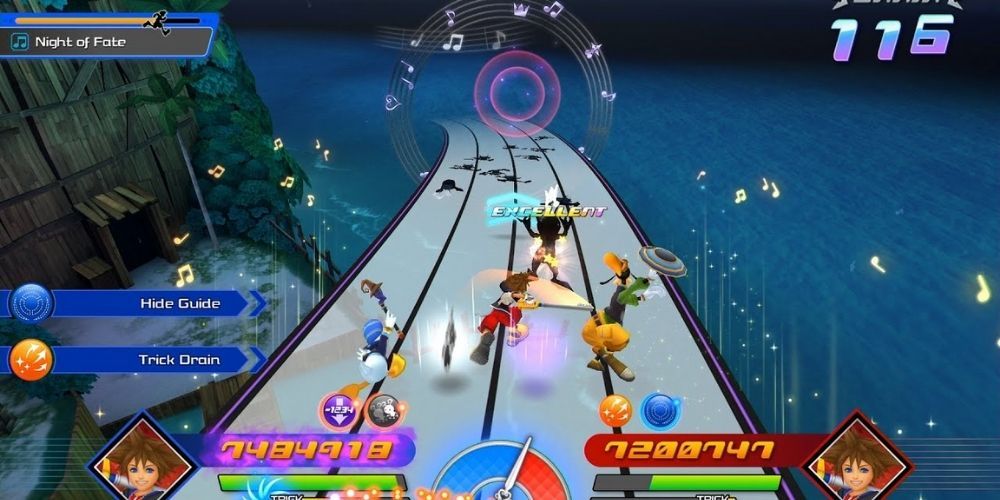
Something that spin-offs of game franchises can do (rather successfully) is branch out into different gaming genres to experiment with the popularity of certain game IPs. Kingdom Hearts is no stranger to this concept, releasing its first spin-off—Kingdom Hearts: Chain of Memories—in 2004 as a hybrid combining action RPG with turn-based card games.
Similarly, both 2008's Kingdom Hearts: coded and 2013's Kingdom Hearts χ[chi] are browser-based games released in an episodic format. However, perhaps Square Enix's most ambitious experiment yet came with 2020's Kingdom Hearts: Melody of Memory, a rhythm game originally inspired by 2012's Theatrhythm Final Fantasy.
8 Doesn't Help: Spin-Offs Slows Development Of Main Titles
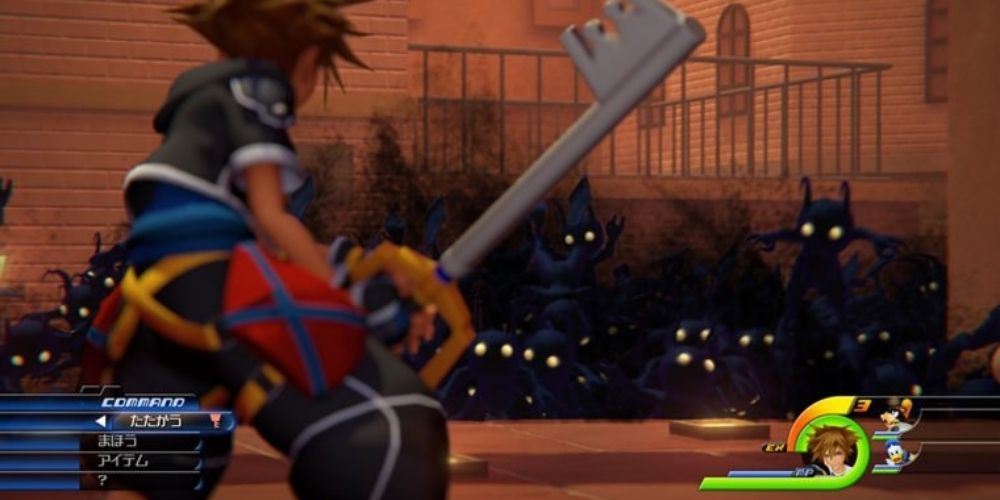
It's something of a well-known joke among Kingdom Hearts fans that the wait for 2019's Kingdom Hearts III has been an absurdly long one, releasing nearly fifteen years after its last numbered title in 2005. This, of course, is not entirely true—myriad spin-offs and remixes were released during this time for new console generations.
However, fans will argue that the main plot from Kingdom Hearts II didn't really continue until the third numbered title. Even Kingdom Hearts: Dream Drop Distance, clearly marketed as Kingdom Hearts II's sequel, did little more than tease the conflict of Kingdom Hearts III, making the spin-offs feel more like stalling attempts than genuine games.
7 Helps: Spin-Offs Fill The Gaps Left By The Main Games
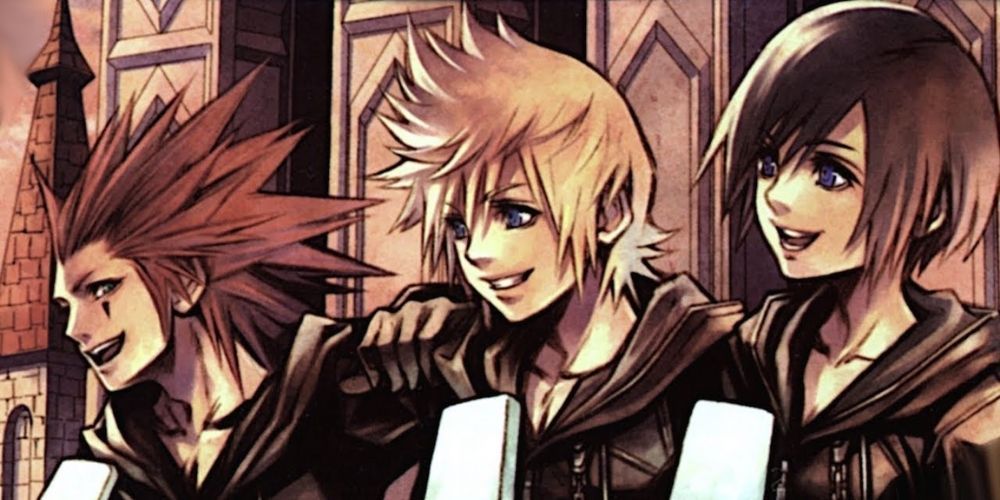
With a rapidly growing cast of new characters and plotlines, series director Tetsuya Nomura felt a need to explicate many of the narrative gaps left by the numbered titles with spin-offs, which included the likes of Chain of Memories and 358/2 Days. In fact, the latter of the two also fills the one-year time gap between Chain of Memories and Kingdom Hearts II.
While there is no real time gap between the end of Dream Drop Distance and the beginning of Kingdom Hearts III, the third game's DLC entitled Re Mind reveals another year time jump between Sora's disappearance at the end of the base game and the events of the Limitcut and Secret Episode, hinting at future spin-offs filling the gaps yet again.
6 Doesn't Help: Convoluted MacGuffins Often Stem From Spin-Offs

Chain of Memories introduced replicas, coded introduced datascapes, and Dream Drop Distance introduced time travel. It seems that the spin-offs for the Kingdom Hearts franchise have a running theme of introducing the series' most convoluted concepts that obfuscate the main story in needless ways.
Consequently, when all these MacGuffins intermingle with the rather bloated plot of Kingdom Hearts III, the result is a dense narrative that even the most shrewd franchise veterans will have difficulty following. Part of Kingdom Hearts and Kingdom Hearts II's charm is that they both told relatively accessible stories that could be enjoyed by all audiences.
5 Helps: Spin-Offs Can Be Set Across Different Time Periods
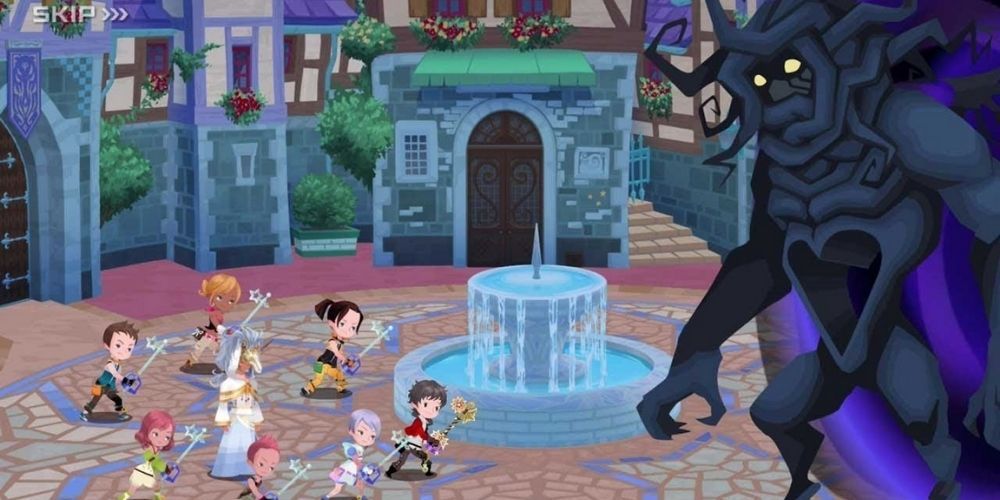
Because the numbered Kingdom Hearts titles follow Sora and his friends as they travel across the Disney worlds, the games are limited to a relatively specific time period. However, the spin-offs are held to that same constraint, often choosing to follow other characters instead, and occasionally taking place at a different point in time.
Birth By Sleep was the first game to explore the potential of different time periods, featuring multiple keyblade wielders and a strange absence of Heartless. Kingdom Hearts χ[chi] takes this a step further, locating players in a distant past where the events unfolding seem to have an unexpected impact on the future of the series.
4 Doesn't Help: Spin-Offs Tend To Have The Same Worlds
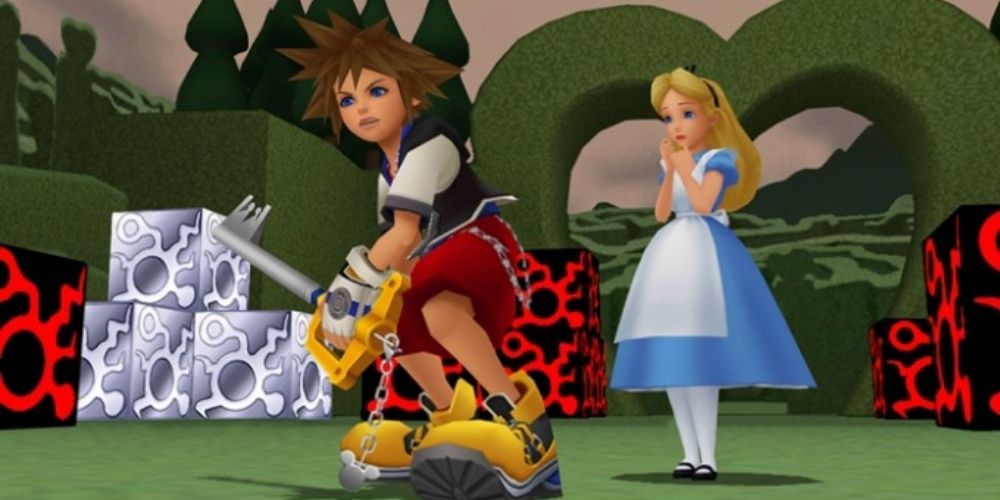
Established Kingdom Hearts players will tell you that they know worlds like Wonderland, Olympus Coliseum, and Agrabah like the back of their hands. Why? Because the worlds keep appearing over and over again in every spin-off that is released. The repetitious level design quickly gets tiresome, even if players do play as different characters or complete new tasks.
Fortunately, later spin-offs worked to mitigate this irritation as much as possible. Some redundancies will be unavoidable, like Birth By Sleep's Olympus Coliseum featuring the same arena, but others are expanded upon, like the addition of the Fourth and Fifth Districts in Dream Drop Distance's Traverse Town.
3 Helps: Exciting New Combat Mechanics Are Tested In Spin-Offs

Being the experiments that they are, the spin-offs of Kingdom Hearts presented Square Enix with some fantastic opportunities to try out a variety of mechanics that could be incorporated into later titles. While not everything—like Chain of Memories' card system—was viable for subsequent titles, main attributes and abilities would make reappearances.
However, some mechanics including Birth By Sleep's Shotlocks and Dream Drop Distance's Flowmotion proved to be popular enough that they became part of Sora's incredibly vast arsenal for Kingdom Hearts III, showcasing how the many combat systems of the franchise had conjoined to create fighting styles unique to Kingdom Hearts.
2 Doesn't Help: Spin-Off Exclusivity Makes Critical Lore Inaccessible

While remixes and re-releases have done much to fix this problem for some spin-offs, one of Kingdom Hearts' largest problems is its past console exclusivity, with each game releasing on different consoles: Chain of Memories for Game Boy Advance, 358/2 Days for Nintendo DS, and Birth By Sleep for PlayStation Portable.
Unfortunately, to this day, some of the richness that made the spin-offs so memorable can only be accessed via their original console. 358/2 Days, in particular, is a title that fans feel is most deserving of a proper remaster. Furthermore, Kingdom Hearts: Union χ[Cross]'s plot (critical to the franchise moving forward) is still limited to a mobile-only format.
1 Helps: Secondary Characters Get Spotlighted By The Spin-Offs
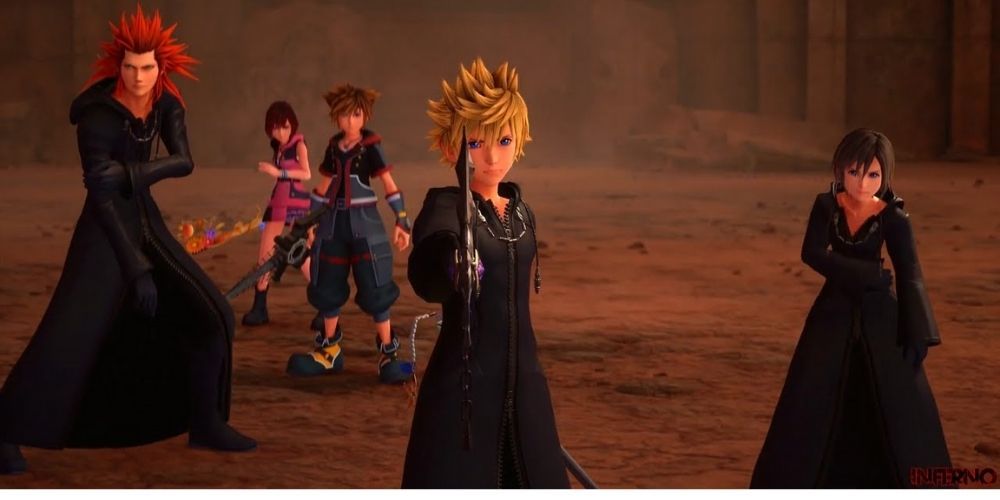
Perhaps the best thing that Kingdom Hearts' spin-offs have going for them is their focus on the many secondary characters of the franchise that often take a backseat when Sora is busy hogging the spotlight. Titles such as 358/2 Days and Birth By Sleep allowed players to spend time with the likes of Roxas, Terra, Ventus, and Aqua.
Without these games, Kingdom Hearts III would simply not have come together to cap the Xehanort Saga in the way it did. Much of the narrative's endgame relies on fans' emotional investment in these pivotal characters from the spin-offs, which gives the closing hours of the franchise's long journey the weight it needs to create a meaningful conclusion.
0 Comments